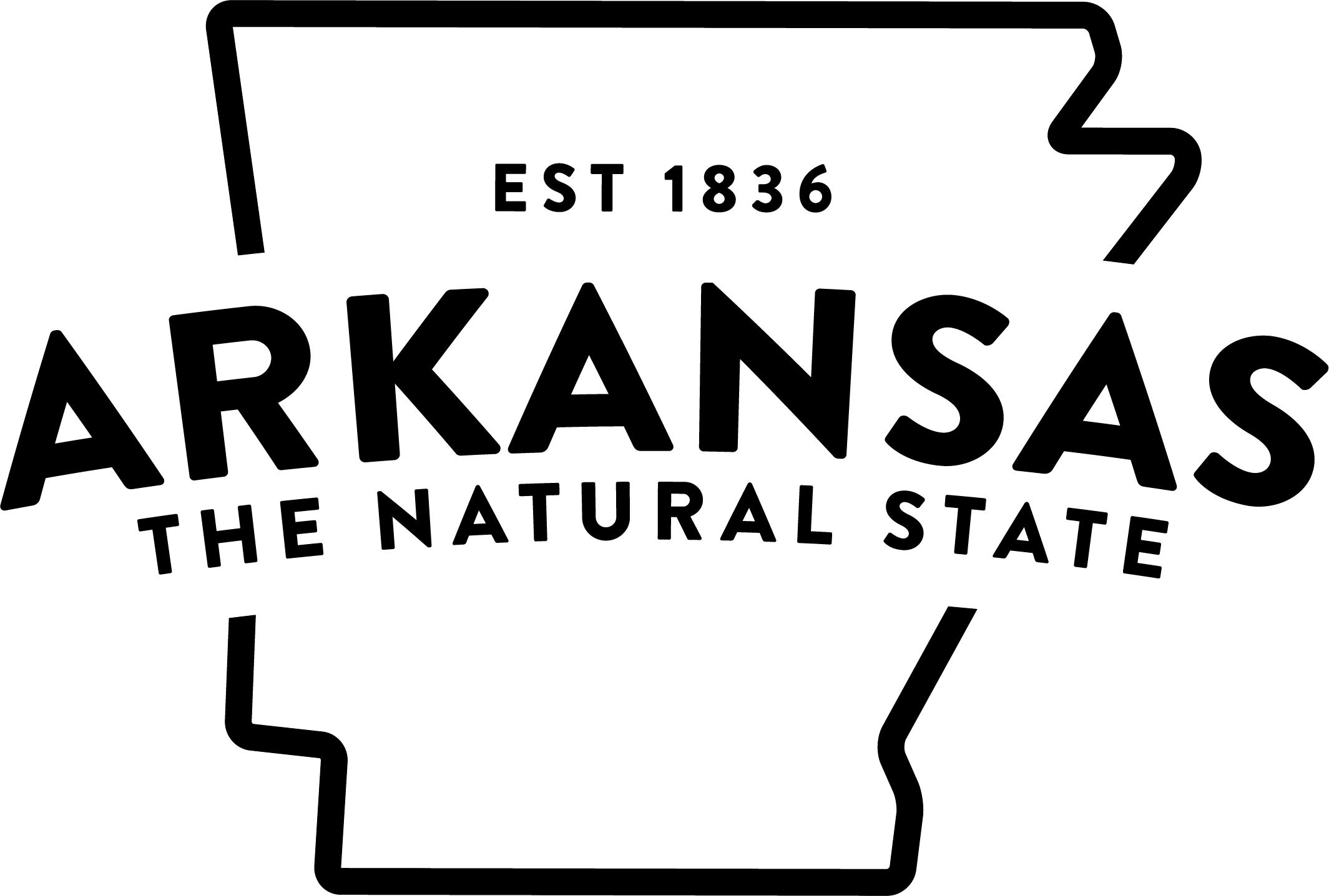Old-Fashioned Fun Still Found at Woolly Hollow State Park
Kerry Kraus, travel writer
Arkansas Tourism
Nestled in the Ozark foothills, Arkansas' 28th state park, Woolly Hollow, includes 40-acre Lake Bennett, which is ideal for fishing and swimming. Visitors can rent canoes, pedal boats and fishing boats. The park also provides 32 campsites, picnic sites, a pavilion, a hiking trail, a snack bar and a bathhouse with hot showers. Woolly Hollow is located approximately 18 miles north of Conway via U.S. 65 and Ark. 285. For more information, including available interpretive programs and events, call (501) 679-2098 or visit www.ArkansasStateParks.com.
In 1851, William Riley Woolly and his family left Tennessee to homestead in Arkansas. A few years later, William's son, Martin, joined his father and in 1882 built a sturdy, one-room cabin one the family's land, which soon became known as Woolly Hollow. Little did they know their land would someday be home a scientific project that would forever change agricultural practices.
To help illustrate pioneer life in Arkansas, the rugged structure, constructed of logs more than a foot thick and 18 feet long, was moved in the 1970s about a mile to Woolly Hollow State Park and renovated.
Today the Woolly Cabin serves as one of two focal points in the park. Historic Lake Bennett is the other. Built by the Works Project Administration and Civilian Conservation Corps, it was deeded to Faulkner County upon completion in 1935. The lake was the first project in the nation intended to study the effects of water run-off and silt and erosion control from a specific watershed.
As a result of the studies, a new philosophy of land management was born. Practices such as strip cropping, terracing, crop rotation, and scientific planting of vegetation and trees -- all commonplace today -- were developed. The lake was named for Dr. Hugh Bennett, the first director of the U.S. Soil Conservation Service, who is also known as the "father of soil conservation."
While owned by Faulkner County, the area was known as Centerville Park. According to Marc Roland, superintendent of the state park, the state drew upon the land's historical roots when it took possession of the land in 1972 and named it Woolly Hollow.
Today the tranquil, small park (370 acres) is one of the most popular in the system, especially with campers. Roland said, "Our location off U.S. 65 -- which is the main route to tourist attractions such as Eureka Springs, Harrison, the Buffalo National River and Branson -- makes us a popular stop along the way. Some people are just passing through but once they get here, they enjoy it so much, they stay a few extra days."
Forty-acre Lake Bennett, with its sandy beach and clear water, has the look and feel of an old-fashioned "swimmin' hole," one that might be described in a Mark Twain novel. The lake is also a good "fishin' hole" that produces crappie, bass, bream and catfish.
Surrounding the lake is another 1935 Civilian Conservation Corps project. The three-and-a-half mile Huckleberry Trail begins at the campground bathhouse, follows the perimeter of the lake and climbs a ridge that offers views of the lake. The trail then crosses the earthen dam and weaves its way through a hardwood forest to complete the loop.
As is true throughout Arkansas' state parks system, funds from the 1/8-cent conservation sales tax approved by Arkansas voters in 1996 have helped improve the Woolly Hollow and allowed Roland to make plans for future developments.
Submitted by the Arkansas Department of Parks & Tourism
One Capitol Mall, Little Rock, AR 72201, 501-682-7606
E-mail: [email protected]
May be used without permission. Credit line is appreciated:
"Arkansas Department of Parks & Tourism"
